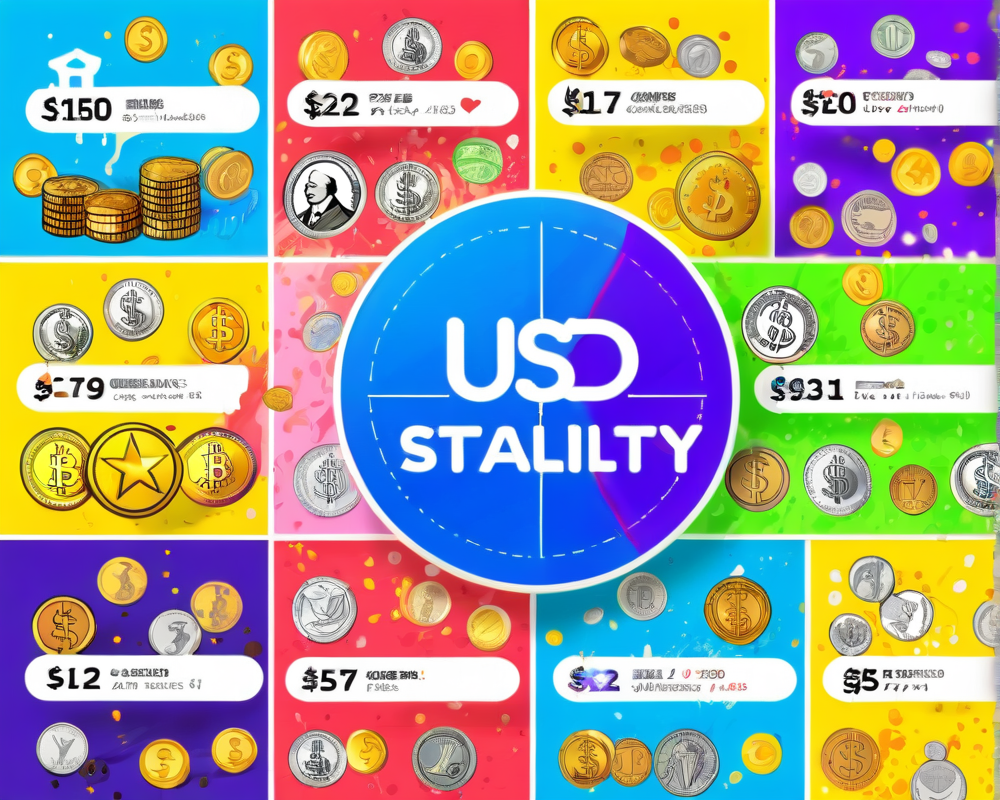Circle’s Latest Audit: What It Reveals
In a recent blog post announcing its third-party audit of USD Coin (USDC), Circle has once again crossed the T’s and dotted the I’s on its financial practices. Conducted by the well-respected Chicago-based accounting firm Grant Thornton LLP, this audit adds another layer of transparency to a project that’s got many folks betting their hopes—and their dollars—on the future of stablecoins.
What Does the Audit Say?
The freshly minted audit, covering the period up to November 30, 2023, states that Circle has a robust 177,190,279 USDC tokens floating in the marketplace. Better yet, the firm holds a staggering $180,192,792 in its custody accounts, proving its issued tokens are indeed backed by fiat reserves in a delightful one-to-one ratio.
Why Audits Matter
For those scratching their heads, wondering why all this fuss over an audit, consider this: Trust is the currency of the crypto world. Without it, you might as well be throwing your money into a black hole. Stablecoins like USDC are designed to maintain a steady value by being pegged to real dollars. Audits reassure users that they’re not just blowing smoke. They help maintain the integrity of the entire crypto ecosystem.
The Rise of USD Coin
Since its launch, USDC has been carving out a significant piece of the crypto pie. With a market cap currently sitting at a handsome $225.9 million, USDC holds the 27th position among cryptocurrencies, according to CoinMarketCap. But it’s not just about the numbers.
Big Exchange Backing
Major players like Coinbase were quick to adopt USDC, with the stablecoin becoming the first of its kind available on the platform. This was followed closely by listings on other prominent exchanges like Binance, OKEx, Bitfinex, and Huobi. Let’s not forget how USDC has joined the ranks of other competitors in the USD-pegged stablecoin space, such as Paxos Standard (PAX), TrueUSD (TUSD), and Gemini Dollar (GUSD).
The Shift in the Stablecoin Landscape
In case you missed it, the influx of new USD-pegged stablecoins has challenged the long-standing dominance of Tether (USDT). Binance, recognizing these shifting sands, has transitioned its Tether Market to a Combined Stablecoin Market (USDⓈ), highlighting the increasing competition among stablecoins.
A Bright Future?
With the growing interest and unyielding demand for more robust and transparent stablecoin options, the future looks bright for USDC and its competitors. Investors and traders alike will be keeping a watchful eye on future audits and market developments.




